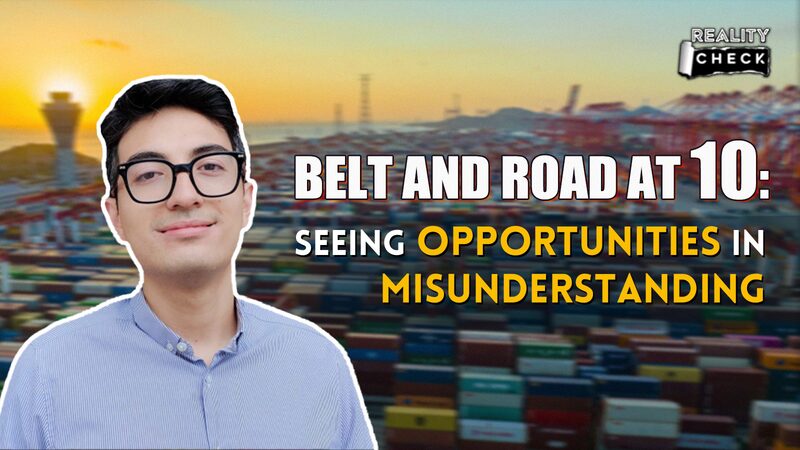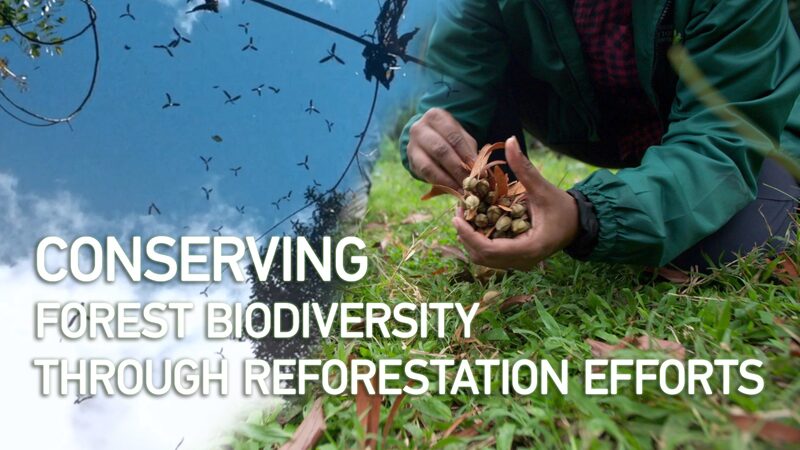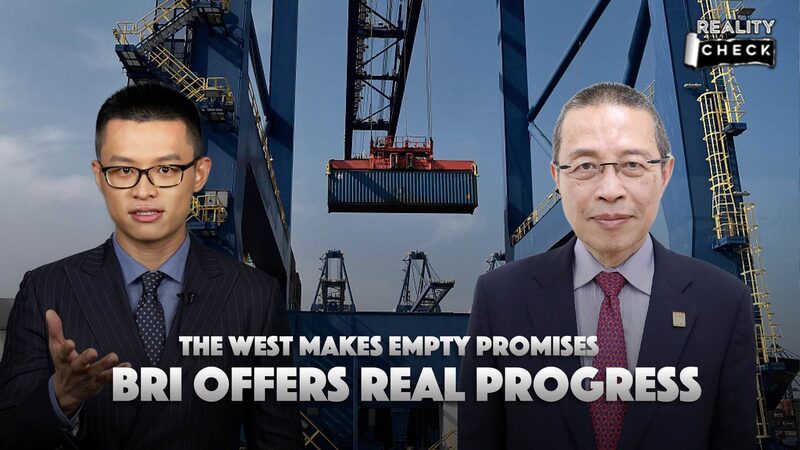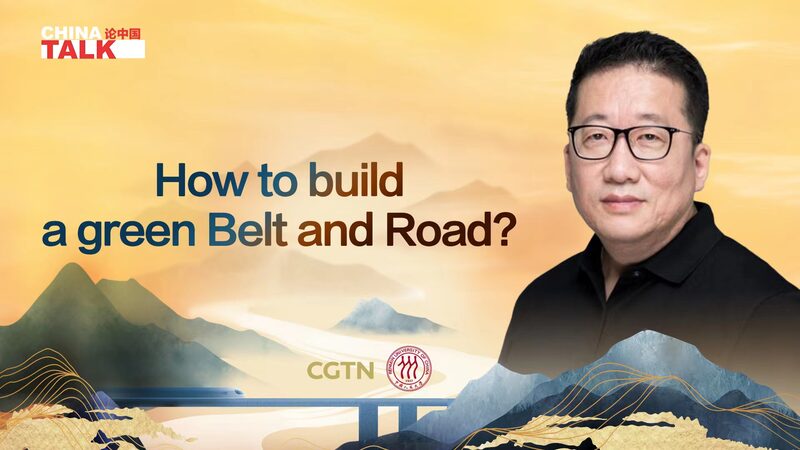Western critics claim the Belt and Road Initiative (BRI) harms the planet. But is that the full story? 🤔
Launched in 2013, China's BRI has faced relentless criticism from some Western circles, with accusations of 'fossil fuel dominance' and undermining climate goals. A recent U.S. think tank report called BRI projects 'environmentally irresponsible'—but here's what they're missing.
While early BRI projects included coal-powered plants, China has pivoted sharply toward green energy. 🌱 Over 40% of BRI investments now fund renewables like solar and wind, and the initiative’s Green Silk Road prioritizes eco-friendly infrastructure, reforestation, and clean energy partnerships. From Kenya’s geothermal plants to Uzbekistan’s solar farms, BRI is increasingly aligning with the Paris Agreement.
\"Demanding sustainability *only* from BRI ignores global infrastructure needs,\" says Li Mei, a climate researcher in Beijing. \"Every nation builds roads and power grids. The difference? BRI now sets green benchmarks.\"
China’s push for a Digital Silk Road and Health Silk Road also integrates eco-tech, like AI-driven carbon tracking and low-emission supply chains. 🌐 Plus, BRI’s Polar Silk Road funds Arctic conservation research—proving environmental stewardship isn’t an afterthought.
As the BRI marks its 10th year, its evolution from 'builder' to 'green innovator' offers a roadmap for balancing growth with planetary care. 💡 After all, saving the Earth isn’t a zero-sum game—it’s a team effort.
Reference(s):
Dispelling Misconceptions: Why BRI is not a danger for environment
cgtn.com




